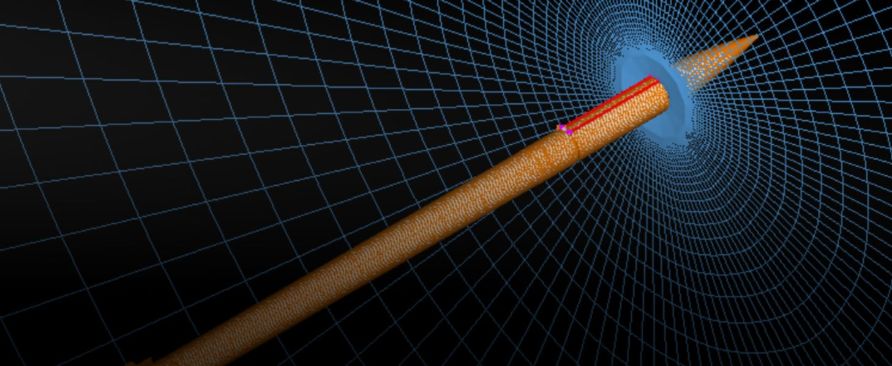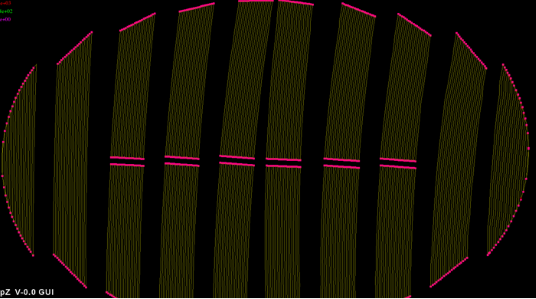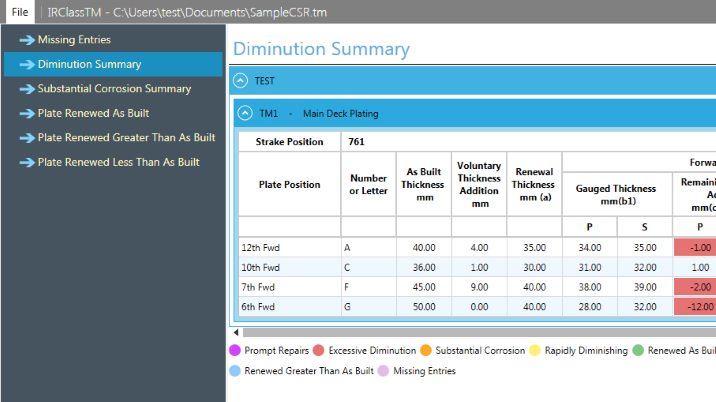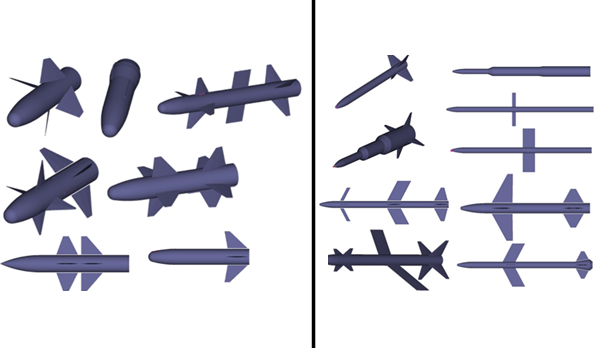Computational Geometry

Computational Geometry
Computational geometry is the most critical component of parametric modelling and the CAE automation process. We manipulate and process geometric entities on platforms like Autodesk Forge as well as on open-source kernels like OpenCascade. Our team builds applications that perform Boolean operations on imported STLs or generate design outputs in DXFs. Our experience with meshing algorithms allows us to deliver unstructured, multi-block or Octree grids for numerical solvers.
Our Expertise
- Computer-aided geometric design (CAGD), or geometric modelling
- Generation of parametric curves and surfaces (NURBS, Splines, Bezier)
- Generation of structured and unstructured meshes
- Computer Graphics
- Booleans operations on shapes like union, intersection, subtraction
Our Projects
- Parametric grid generation software development for projectiles
- Development of doubly curves antenna surface like Zernike, cubic b-splines
- Automatic mesh generation for inflatables like parachutes
- Parametric mesh generation software for aircraft intake
- Development of 2D PCBs from 3D surfaces
Meshing
Mesh Automation
Custom Meshing Software
Integration with CAD/CAE Software
Dynamic Meshing
Hybrid Meshing
Computer-Aided Design (CAD) is the process of designing the geometry of products on computers. Inside CAD software, geometric models are defined as shapes in mathematical form. The solid modelling library used by CAD software for handling and operations on geometrical shapes is called Kernel. Commercial Geometric Kernels available are Parasolid, ACIS, and Granite. These kernels are used in advanced commercial CAD software. An open-source option for geometric kernel is Open Cascade. This kernel is used in open-source CAD software such as FreeCAD, SALOME and Gmsh.
In CAD software, curves and surfaces are represented by Non-Uniform Rational B-Spline (NURBS). Computer graphics software additionally can represent curves using Bezier Curves and Splines. The most common file format used by CAD software is IGES and STEP file format. The STL format represents the CAD file using only unstructured triangulated surfaces. Attributes such as colour, texture, etc. are not represented in STL formats. There exist two major types of mesh viz. Structured Mesh and Unstructured Mesh. The structured mesh makes use of hex elements (quad elements in 2D). It follows a uniform pattern throughout the model. The unstructured mesh makes use of tetra elements (triangular elements in 2D). Unstructured mesh does not follow any uniform pattern.
Case Studies

Development of a Doubly Curved Antenna Surface
Specialized antenna, their shape is in form of doubly curved surfaces using complex mathematical...

Supply of Extended Thickness Measurement Software Module
Thickness Measurement Software, TMS in short, that assists surveyors in verifying the compliances...

Guided Missile Configuration Design using CFDExpert-Missile
The design of an agile guided missile is a delicate balance between aerodynamic stability...